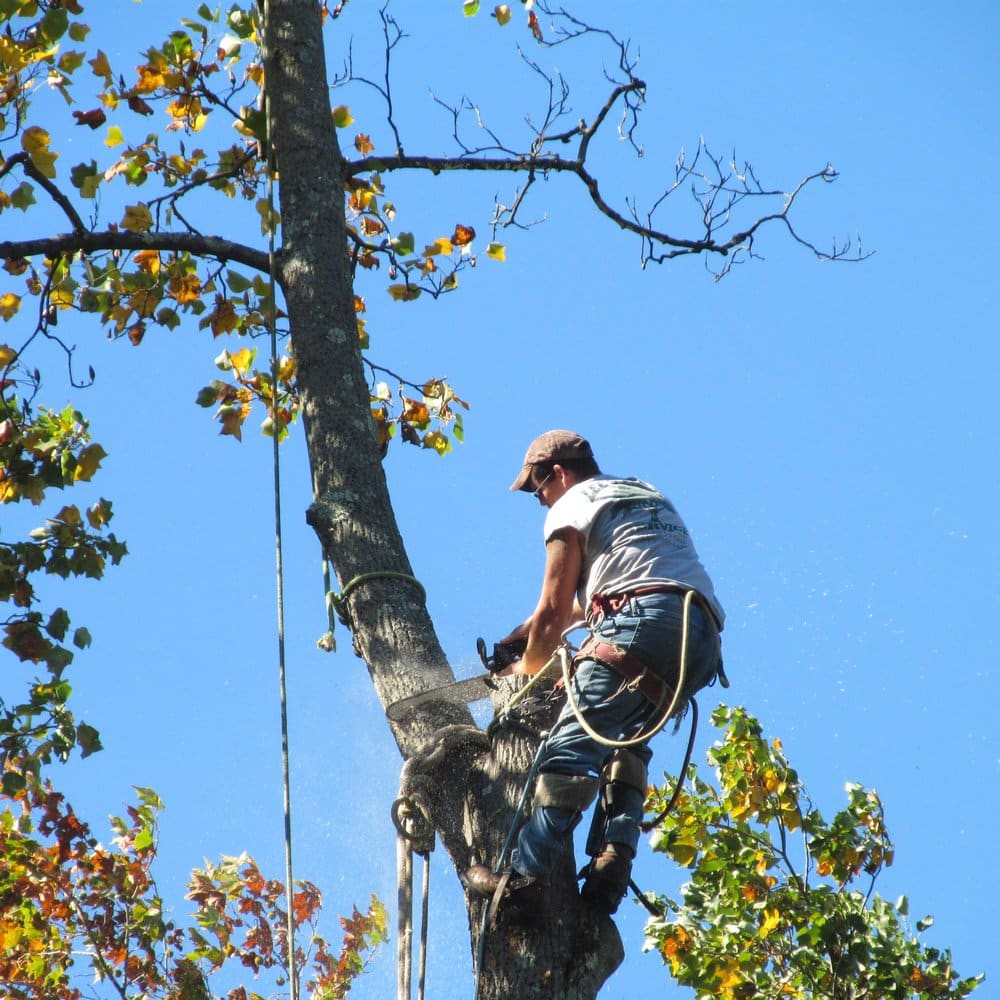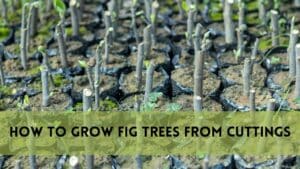Palm trees are iconic symbols of tropical paradise, with their swaying fronds and graceful stature. If you’re fortunate enough to have these majestic trees in your vicinity, you know the importance of proper maintenance. In this article, we’ll explore the world of palm tree trimming tools, essential for keeping your palms not only aesthetically pleasing but also healthy.
Understanding the Need for Palm Tree Trimming
Before delving into the tools, let’s understand why trimming your palm trees is crucial. Overgrown fronds not only compromise the visual appeal of your palms but can also pose a risk during storms. Dead or damaged fronds can become projectiles, endangering your property and those around you.
Palm Tree Trimming Tools Every Arborist Should Have
Pruning Shears
When it comes to precision trimming, pruning shears are your best friends. These handheld tools are perfect for reaching tight spaces and getting rid of small, unwanted fronds. The sharp blades ensure a clean cut, promoting the overall health of your palm.
Loppers
For thicker branches that pruning shears can’t handle, loppers come to the rescue. With long handles and strong jaws, loppers make quick work of larger fronds, providing a neat and efficient trimming experience.
Pole Saws
Not all fronds are within arm’s reach, especially for taller palms. Pole saws extend your reach, allowing you to trim higher fronds without the need for precarious climbing. Look for lightweight yet sturdy options for ease of use.
Chainsaw
When dealing with substantial palm trunks or removing an entire palm, a chainsaw becomes an indispensable tool. Ensure you have the necessary safety gear and skills before using a chainsaw for palm tree maintenance.
Climbing Gear
For the adventurous palm enthusiast, climbing gear is a must. Safely navigating the height of your palm allows you to trim with precision. Always prioritize safety and use proper climbing techniques.
A Step-by-Step Guide to Palm Tree Trimming with Proper Tools
Now that you’re equipped with the right tools, let’s walk through the process of palm tree trimming.
Step 1: Safety First
Begin by wearing protective gear, including gloves and safety glasses. If you’re using a chainsaw or climbing, a helmet and safety harness are essential.
Step 2: Assess the Palm
Take a close look at your palm tree. Identify dead or yellowing fronds, as well as any potential safety hazards. This assessment will guide your trimming process.
Step 3: Prune Small Fronds with Pruning Shears
Start with the smaller, lower-hanging fronds. Use pruning shears to make clean cuts, ensuring you don’t damage the trunk or healthy fronds.
Step 4: Use Loppers for Larger Fronds
Move on to larger fronds that are beyond the capacity of pruning shears. Loppers provide the leverage needed to trim these branches efficiently.
Step 5: Employ Pole Saws for Higher Reaches
For those hard-to-reach fronds higher up the tree, grab your pole saw. Extend the saw to the desired length and carefully trim away any excess growth.
Step 6: Chainsaw for Trunk and Major Removals
If you’re dealing with an overgrown trunk or need to remove an entire palm, use a chainsaw. Exercise extreme caution, and consider seeking professional help for large removals.
Step 7: Final Cleanup
Once you’ve completed the trimming process, gather the cut fronds and dispose of them responsibly. A clean palm tree trimming not only enhances the tree’s appearance but also prevents potential hazards.
Tips for Maintaining Healthy Palms Through Trimming Tools
Maintaining healthy palms is essential for their longevity, visual appeal, and overall well-being. Here are specific tips to ensure your palm trees thrive:
Regular Inspections
Conduct routine inspections of your palm trees to identify any signs of pests, diseases, or distress. Look for discoloration, wilting fronds, or unusual growth patterns. Early detection allows for prompt intervention and prevents potential issues from escalating.
Proper Watering
Pay careful attention to the watering needs of your palms. Ensure they receive an adequate amount of water, considering factors such as soil type, climate, and the specific requirements of the palm species. Overwatering or underwatering can lead to stress, affecting the health of the tree.
Fertilize Wisely
Palm trees benefit from a balanced fertilizer designed specifically for their needs. Choose a fertilizer with the right mix of nutrients, including nitrogen, phosphorus, and potassium. Apply the fertilizer according to the recommended dosage and schedule to promote robust growth and vitality.
Sunlight Requirements
Palms generally thrive in sunny conditions, but it’s crucial to understand the specific sunlight requirements of your palm species. While they enjoy sunlight, prolonged exposure to intense sunlight can lead to sunburn. Position your palms in locations that provide the optimal balance of sunlight and shade.
Protection of Palm Tree from Extreme Conditions
Palm trees can be sensitive to extreme weather conditions, including strong winds, storms, and frost. Provide protection during harsh weather by using stakes or wrapping the trunk with burlap. This helps prevent physical damage and ensures the palm’s resilience.
Pruning and Trimming Palm Tree
Regular pruning and trimming, as discussed in the main article, are vital for maintaining healthy palms. Removing dead or diseased fronds not only enhances the tree’s appearance but also prevents the spread of diseases and potential hazards during storms.
Mulching Palm Tree
Apply a layer of organic mulch around the base of your palm tree. Mulching helps retain soil moisture, regulates temperature, and suppresses weed growth. Additionally, it contributes to the overall health of the soil, creating a favorable environment for root development.
Pest Control
Keep an eye out for common pests that may affect palm trees, such as spider mites, aphids, or scale insects. Implement preventive measures, such as regular cleaning and insecticidal treatments, to protect your palms from pest infestations.
Support for Young Palms
Provide support for young palm trees to ensure proper growth. Staking can help protect them from strong winds and promote a straight, healthy trunk. Be cautious not to leave stakes in place for too long, as this can impede natural trunk development. By incorporating these tips into your palm tree care routine, you can create a conducive environment for your palms to flourish. Healthy palms not only contribute to the beauty of your landscape but also become resilient against potential threats, allowing you to enjoy their presence for years to come.
FAQs
How often should I trim my palm trees?
The frequency of palm tree trimming depends on the specific species and its growth rate. In general, it’s recommended to trim palms at least once or twice a year to remove dead or damaged fronds and promote overall health.
Can I trim my palm tree using regular garden shears?
While small palms or young trees may be trimmed with garden shears, it’s advisable to use specialized palm tree trimming tools for larger palms. Pruning shears, loppers, and pole saws ensure precise cuts and safe trimming.
Is it necessary to hire professionals for palm tree trimming?
For smaller palms, enthusiastic individuals can handle trimming with the right tools and safety precautions. However, for tall or mature palms, especially when using a chainsaw or climbing, it’s safer to hire professionals to ensure the task is done correctly and safely.
What signs indicate that my palm tree needs trimming?
Look for dead or yellowing fronds, overgrown branches, or signs of disease. If fronds are encroaching on structures or posing a potential hazard, it’s time for trimming. Regular inspections help identify these signs early on.
Can I use any fertilizer for my palm trees, or is a specialized palm fertilizer necessary?
While some general-purpose fertilizers may work, it’s best to use a specialized palm fertilizer. These formulations are designed to meet the unique nutritional needs of palm trees, promoting healthy growth and vibrant foliage.
Conclusion
In the journey of palm tree care, having the right tools is half the battle won. From pruning shears for delicate trims to chainsaws for major removals, each tool plays a crucial role. Remember to approach palm tree trimming with caution, prioritizing safety at every step. By following this guide, you’ll not only enhance the beauty of your palms but also contribute to their overall well-being. Happy trimming!





